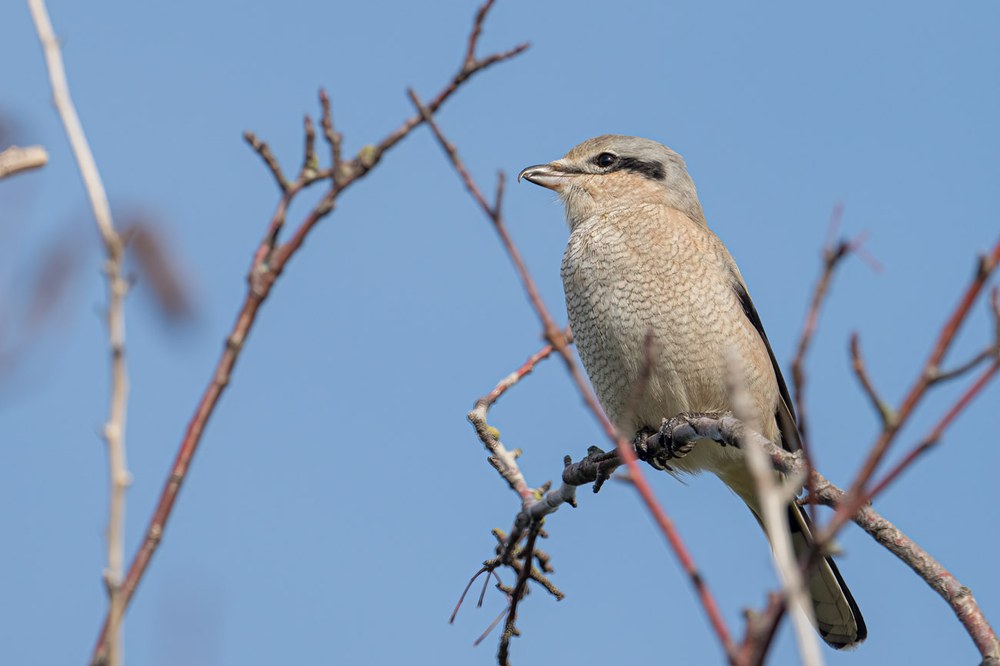
One of the telling markers of spring is the trilling of birds gradually filing our newly-cerulean skies. To humans, birdsong is a welcomed reminder of the sunny days and warm-weathered adventures ahead. To the birds, these songs are an earnest attempt to captivate a mate and charm them into the breeding season. Luckily for us, birds have remarkably good voices, and although it may seem that songbirds come out of the nest ready to serenade, baby birds undergo quite a bit of training before being awarded their solos.
Types of vocalizations
Singing is an innate behavior for songbirds, but the actual notes of a species-specific song must be learned. Two types of vocalizations are performed by birds: calls and songs. Calls are simpler sounds produced year-round and often used to indicate a threat or communicate location. Songs, on the other hand, are longer and more complex sounds sung—most often by a male—to attract a mate during the breeding season. Unlike humans, songbirds have a syrinx, a vocal organ that splits into two independently-controlled bronchial tubes, that allows them to produce two different pitches at the same time.
Each species of songbird has its own species-specific song, and, similar to how different geographical regions may have their own dialects, some songbird species can even have their own regional version of a song. The majority of songbirds will master one song throughout their life, but some birds—like the Brown Thrasher—boast over 2,000 different song types.
Finding their voice
Songbirds learn how to sing during the early stages of life, and the learning stage can be divided into two phases. During the sensory learning phase, baby birds are primarily focused on listening to and memorizing the sounds of their parents.
During the motor learning phase, baby birds begin to practice songs they hear. Initially they make soft and non-specific vocalizations, similar to the incoherent chatter of a human infant, but as they mature, they produce louder, more complex songs that better resemble their parent’s melodies.
Hormones, and specifically testosterone, play an important role in song memorization. Testosterone levels are frequently high in baby songbirds in spring when adult males are intent on serenading, allowing baby songbirds the opportunity to listen closely and properly memorize songs. If testosterone levels are high during the wrong season, baby songbirds will end up memorizing simpler songs rather than the more complex ones used to attract a mate.
Born to sing
With myriad sounds emanating from the local environment, songbirds are well attuned to notice the vocalizations of their species. It’s even believed that elements of species-specific songs are ingrained in a songbird’s genome. For example, if raised in isolation, a songbird will develop an abnormal song that is different from the original generation but still contains similar characteristics to the original species-specific song. As this new abnormal song is learned by proceeding generations, it gradually changes and eventually begins to resemble the original song sung by the community from which the first songbird was removed.
Become a birder with The Mountaineers
Want to make the most of spring? Sign up for a Naturalist course or activity with The Mountaineers! We have an enthusiastic community who would love to show you the best spots to find birds and enjoy the springtime show. For more information, check out our naturalist courses and naturalist activities.
This article originally appeared in our spring 2023 issue of Mountaineer magazine. To view the original article in magazine form and read more stories from our publication, visit our magazine archive.
 Skye Michel
Skye Michel